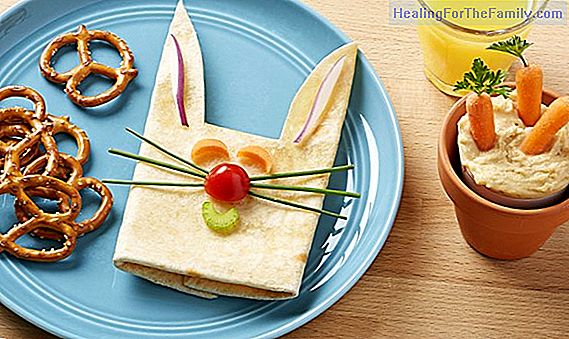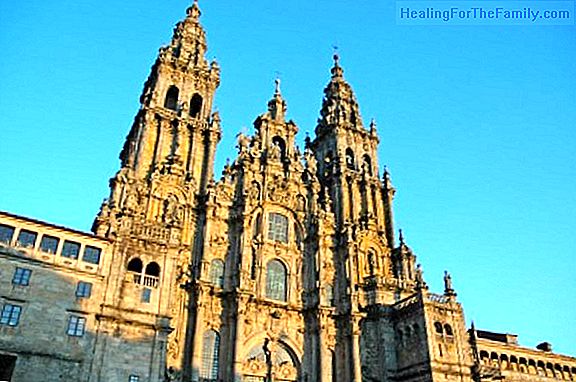Quinoa in pregnancy and lactation: benefits and dangers
Quinoa is the edible part of the seed of a plant called Chenopodium quinoa. It can be considered a pseudocereal since its appearance is very similar to these, although interestingly, it is a plant of the amarantáceas family, the same to which belong, for example, spinach. Quinoa is a beneficial food
Quinoa is the edible part of the seed of a plant called Chenopodium quinoa. It can be considered a pseudocereal since its appearance is very similar to these, although interestingly, it is a plant of the amarantáceas family, the same to which belong, for example, spinach.
Quinoa is a beneficial food in pregnancy and breastfeeding but do not forget that consumed in large quantities can be harmful.
Benefits of quinoa in pregnancy and lactation

In fact, the leaves of quinoa resemble spinach, with a relatively low nitrate and oxalate content, which is why the quinoa is a plant with a lot of future for nutrition, since practically the whole plant can be considered edible. Nutritionally it is an extremely attractive food during pregnancy and lactation for many reasons:
- Proteins: it is the main attraction of quinoa. Its protein content is fantastic, besides being of very good quality, since it contains up to 8 essential amino acids, that is, those that the organism itself can not synthesize.
- Fat: It is a low fat food. However, about 50% of the fat it contains, even if it is small, is linoleic acid, one of the essential fatty acids for the organism.
- Carbohydrates: Fundamentally it contains complex carbohydrates, mainly starch, which makes quinoa a very interesting food even in cases of women with gestational diabetes.
- Micronutrients: Among the vitamins, it contains important amounts of vitamins A, C and E, with a high antioxidant power. It also contains potassium, important for muscle function, and magnesium, phosphorus and calcium, of great importance for fetal growth and development. It is also a good source of non-heme iron, which, when accompanied by vitamin C, is absorbed in a better proportion, which is very important in the third trimester of pregnancy and during the postpartum period, when the chances of anemia increase.
Hazards of quinoa in pregnancy and lactation
However, some research has revealed that the consumption of high amounts of quinoa during pregnancy and lactation could be harmful, although there is not much data about it. It is mainly due to its high fiber content, which can interfere with the absorption of certain essential minerals for fetal development, in addition to its oxalic acid content, with a high calcium chelating effect. A low calcium intake is dangerous both in pregnancy - it can result in limited bone development - and in breastfeeding.
The production of breast milk results in a decrease in maternal calcium deposits, which are replenished afterwards, but which, with the presence of oxalates in the diet, can lead to osteoporosis. In addition, calcium is essential for the baby's growth, so it could be compromised. According to this, as a precaution, and despite being a highly recommended food for pregnant and nursing mothers, for its nutritional contribution, it should not be consumed in excess.












